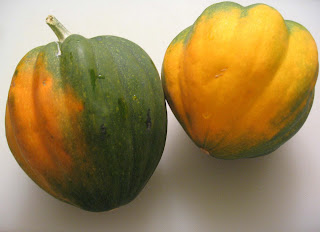 |
| Copyright 2011 LtDan'sKitchen blogs |
Chicken Afritada is one of the Spanish inspired dishes that have been adapted in the Filipino cuisine and has been made truly Filipino. It is a staple in most celebrations and can be prepared using pork or a combination of both. My initiation to the process of learning how to cook this dish came courtesy of living in my Aunt's house during the weekends while going to college in Manila. My Aunt lived a couple of hours away from where I went to college and this dish was something they cook regularly when I visit. The other dish that seemed to be a favorite of their family was a stew of vegetables cooked in fermented fish sauce. I had the chance to learn how to make both but it was a carefully monitored training and only when I passed the taste test was I allowed to make both dishes regularly without supervision.
Since this dish is a tomato-based stew, it is best served with a steaming mound of white rice. The good thing about this dish is that is is fairly simple to make and can be easily scaled up which makes it convenient when cooking for a big crowd. I tend to cook this dish in big batches to save me time during the week and it does keep very well in the fridge. I also prefer it a bit thick but you can adjust accordingly by adding more broth or more tomato paste to suit your taste.
Chicken Afritada
2 lbs chicken, cut up into large pieces
2 lbs potato, peeled and cut into chunks
1 large green bell pepper
1 large red bell pepper
1 small onion, diced
2-3 cloves garlic
1 16-oz canned diced tomato
1/2 cup broth
3 tbsp tomato paste
salt and pepper
2-3 tbsp vegetable oil
1. Heat the vegetable oil over medium heat. Fry the potatoes until it
forms a crust. It does not need to be completely cooked. Set aside.
forms a crust. It does not need to be completely cooked. Set aside.
2. Saute the garlic and onion until softened. Add the chicken pieces and
season with salt and pepper. Brown the chicken pieces on both sides.
season with salt and pepper. Brown the chicken pieces on both sides.
3. Add the tomatoes, broth and cover to simmer. Lower the heat and
simmer for 30 minutes more. Check the chicken for doneness and
adjust the flavor as needed.
simmer for 30 minutes more. Check the chicken for doneness and
adjust the flavor as needed.
4. Add the potatoes and cook until fork tender. Add the peppers and
cook until just tender.
5. Add the tomato paste to thicken the sauce and check for flavor.
Adjust accordingly.
Adjust accordingly.
























